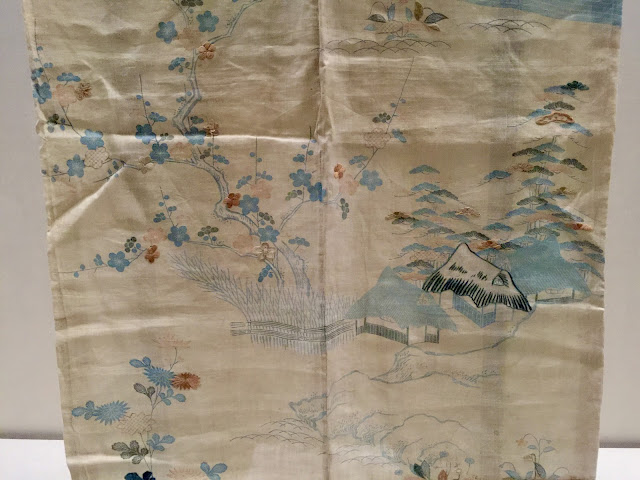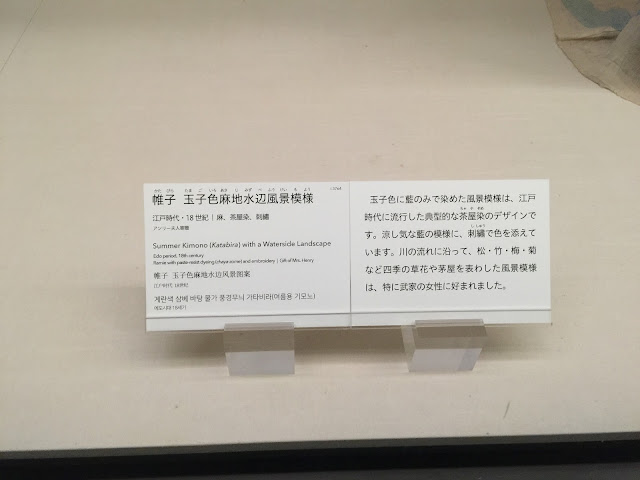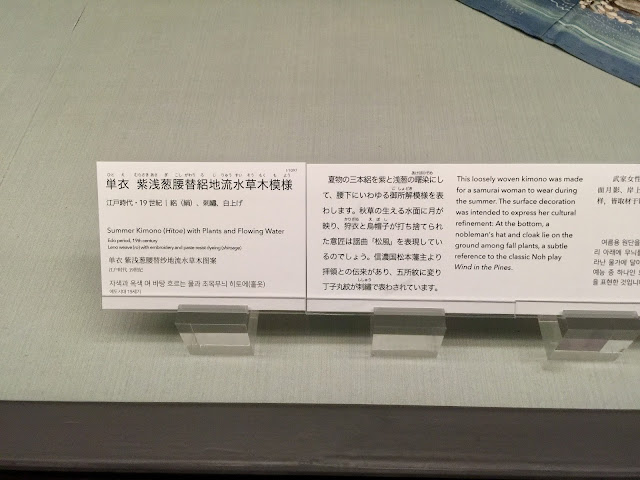Pages
- Home
- Kumano Kodo Trip
- Japanese Festivals
- Japanese Castles
- Stitching Finishes 2025
- Stitching Finishes 2024
- Stitching Finishes 2022
- Stitching Finishes 2021
- Stitching Finishes 2020
- Finish It in 2019
- Stitching Finishes 2018
- Stitching Finishes 2017
- Stitching Finishes 2016
- Stitching Finishes 2015
- Stitching Finishes 2014
- Stitching Finishes 2013
- Stitching Finishes 2012
- Smalls Stitch A Long 2018 - 2019
- Smalls Stitch A Long 2014 - 2017
- 6 & 6 in 2018
- 17 in 2017
- Take A Stitch Tuesday
- English Paper Piecing Projects
Subscribe to:
Post Comments (Atom)

































6 comments:
Thank you for sharing , they are both beautiful and facinating
Pamela: I cannot imagine that they were casual wear, they are so beautiful.
Thank-you for sharing this amazing display.
Catherine
The kimonos and fabrics are wonderful! I'd love seeing this!
So am I, looking at your pictures of the gorgeous kimonos.
I have also learned a lot, e.g. I didn't know that padded winter kimonos (quilts in the shape of a kimono, which you put on back to front, put your arms through the sleeves and sleep under) were used in the New Year to ward off evil and bring good fortune. I wish our family had kept the ones we had, alas this type of bedding was deemed old-fashioned and was thrown out long ago.
It also impresses me that the motif was often off-season in expectation of the coming season. It is usually seen in formal dinners, too, where slivers of sliced vegetables (carrots or radishes) in the shape of cherry blossom petals are used to decorate food weeks before the flowers start blooming.
I love Japanese culture and its attention to detail.
Thank you for letting me join you on this online visit to the museum.
Kimono are so pretty and fancy. It's hard to imagine they used to be actual, everyday clothing for people.
Thank you for sharing the photo. Kimono is Japan's formal attire, so I think it would be great if more people wore it, but it's difficult to wear it myself.
including me.😅
Post a Comment